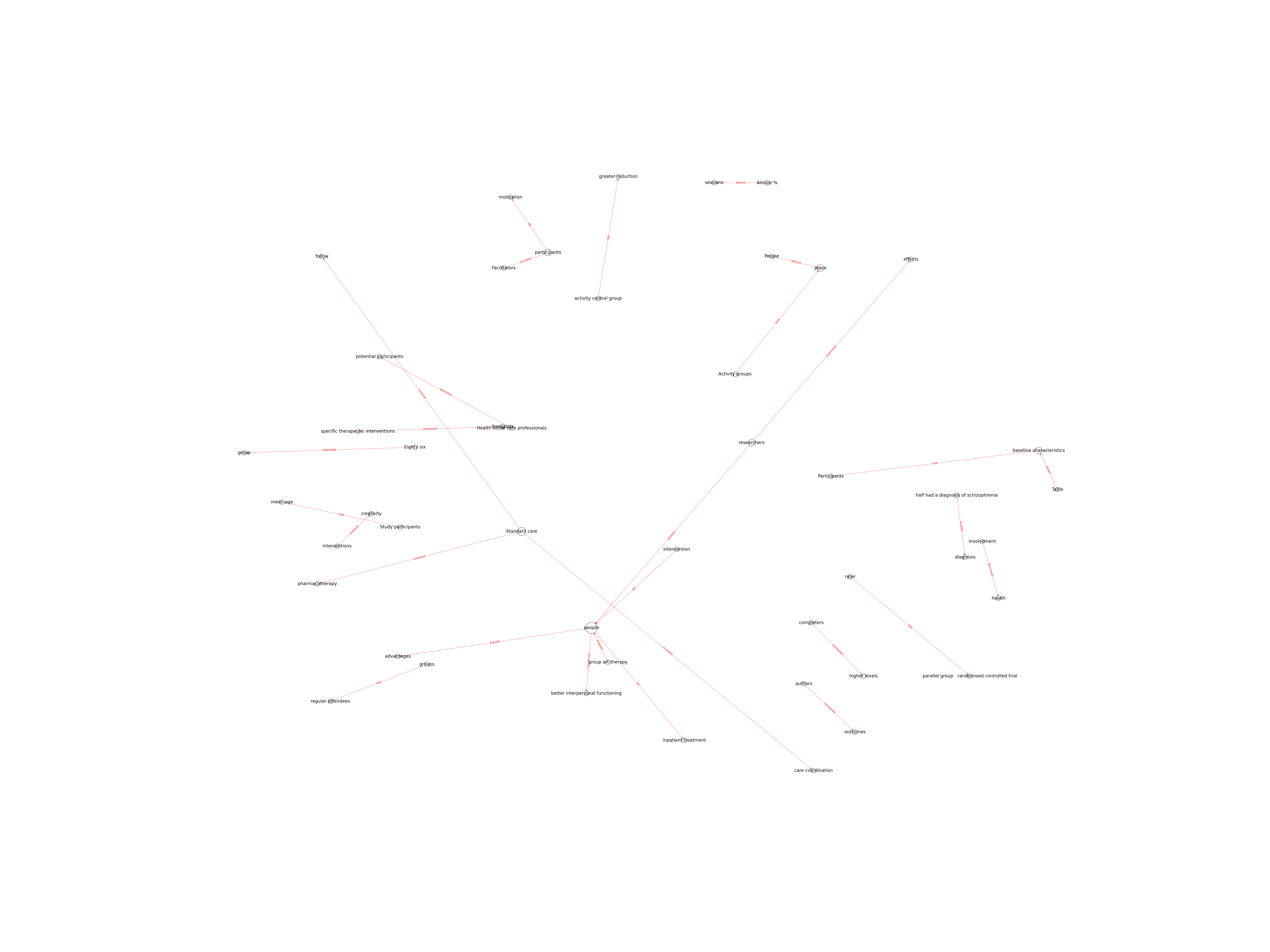| Id | 554 | |
| Author | Crawford M.J., Killaspy H., Barnes T.R.E., Barrett B., Byford S., Clayton K., Dinsmore J., Floyd S., Hoadley A., Johnson T., Kalaitzaki E., King M., Leurent B., Maratos A., ONeill F.A., Osborn D.P., Patterson S., Soteriou T., Tyrer P., Waller D. | |
| Title | Group art therapy as an adjunctive treatment for people with schizophrenia: Multicentre pragmatic randomised trial | |
| Reference | Crawford M.J., Killaspy H., Barnes T.R.E., Barrett B., Byford S., Clayton K., Dinsmore J., Floyd S., Hoadley A., Johnson T., Kalaitzaki E., King M., Leurent B., Maratos A., ONeill F.A., Osborn D.P., Patterson S., Soteriou T., Tyrer P., Waller D.; Group art therapy as an adjunctive treatment for people with schizophrenia: Multicentre pragmatic randomised trial ;BMJ (Online) vol:344 issue: 7847 page: |
|
| Keywords | ||
| Link to article | https://www.scopus.com/inward/record.uri?eid=2-s2.0-84858047379&doi=10.1136%2fbmj.e846&partnerID=40&md5=697dbce96b20b37f6461cf1ca3945a68 |
|
| Abstract | Objectives: To evaluate the clinical effectiveness of group art therapy for people with schizophrenia and to test whether any benefits exceed those of an active control treatment. Design: Three arm, rater blinded, pragmatic, randomised controlled trial. Setting: Secondary care services across 15 sites in the United Kingdom. Participants: 417 people aged 18 or over, who had a diagnosis of schizophrenia and provided written informed consent to take part in the study. Interventions: Participants, stratified by site, were randomised to 12 months of weekly group art therapy plus standard care, 12 months of weekly activity groups plus standard care, or standard care alone. Art therapy and activity groups had up to eight members and lasted for 90 minutes. In art therapy, members were given access to a range of art materials and encouraged to use these to express themselves freely. Members of activity groups were offered various activities that did not involve use of art or craft materials and were encouraged to collectively select those they wanted to pursue. Main outcome measures: The primary outcomes were global functioning, measured using the global assessment of functioning scale, and mental health symptoms, measured using the positive and negative syndrome scale, 24 months after randomisation. Main secondary outcomes were levels of group attendance, social functioning, and satisfaction with care at 12 and 24 months. Results: 417 participants were assigned to either art therapy (n=140), activity groups (n=140), or standard care alone (n=137). Primary outcomes between the three study arms did not differ. The adjusted mean difference between art therapy and standard care at 24 months on the global assessment of functioning scale was -0.9 (95% confidence interval -3.8 to 2.1), and on the positive and negative syndrome scale was 0.7 (-3.1 to 4.6). Secondary outcomes did not differ between those referred to art therapy or those referred to standard care at 12 or 24 months. Conclusions: Referring people with established schizophrenia to group art therapy as delivered in this trial did not improve global functioning, mental health, or other health related outcomes. Trial registration: Current Controlled Trials ISRCTN46150447. |
|
| Metodology | Technique |

Note: Due to lack of computing power, results have been previously created and saved in database


